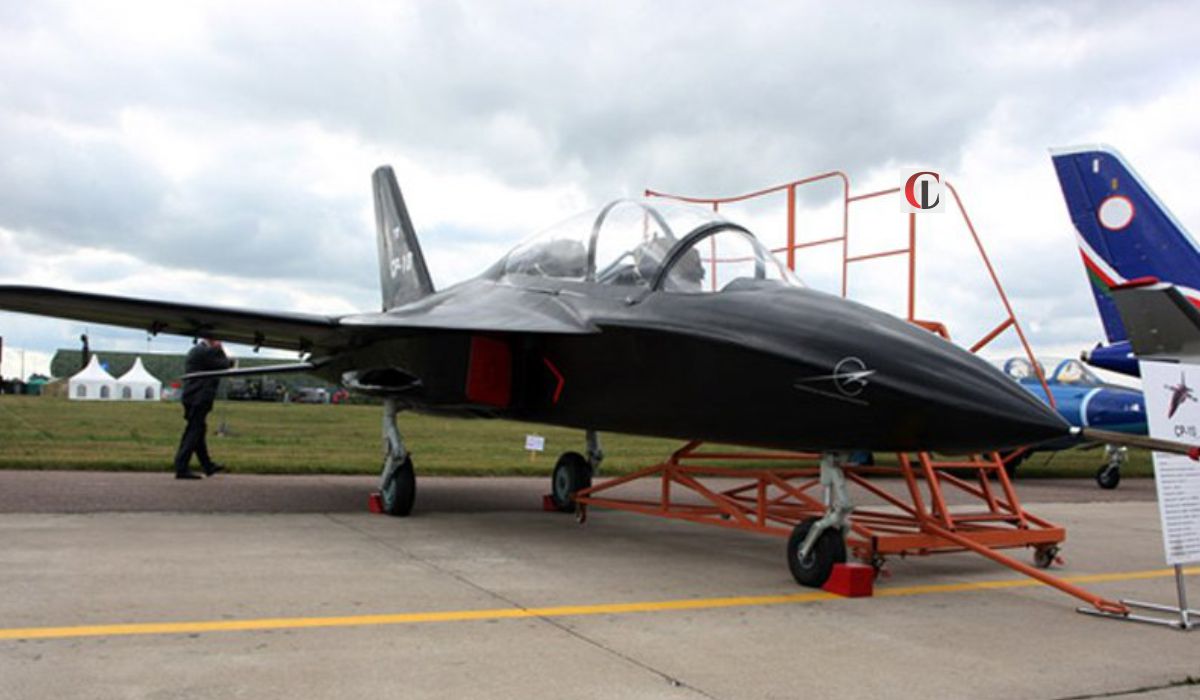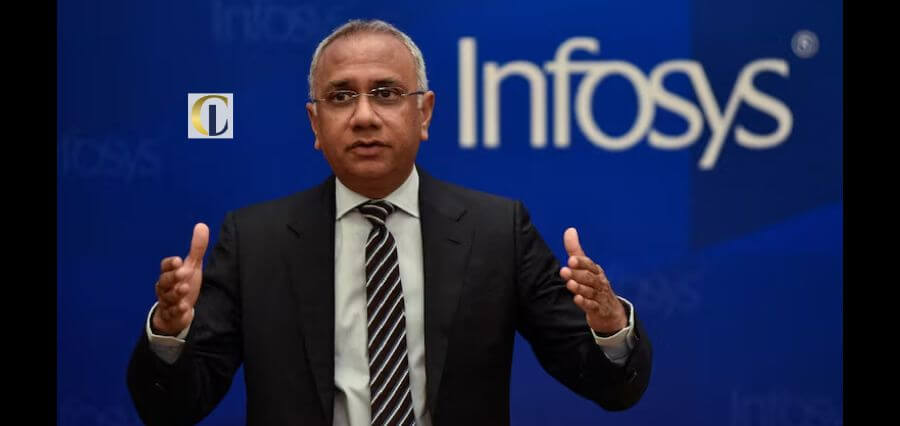It has been HAL’s most lucrative cash cow since 2005, when Nashik-based Hindustan Aeronautics Ltd (HAL) delivered the first “Made in India” Sukhoi-30MKI fighters.
The Nashik division, known as the “MiG Complex” since it was established in 1964 to licence manufacture MiG-21FL aircraft, has historically produced 30-33 percent of HAL’s annual turnover. It contributed Rs 7,000 crore to HAL’s total revenue of Rs 22,700 crore last year.
HAL’s Nashik division, which used to make over Rs 6,000 crore a year from the assembly of 15-16 Sukhoi-30MKIs, is now scrambling for orders to fill its 4,190 skilled workers in Nashik and 3,100 in Koraput (Odisha), where Russian aircraft engines are made. This represents about a quarter of HAL’s overall workforce of 28,345 employees.
The imminent order for 12 more Sukhoi-30MKIs to replace aircraft that have crashed over the last 15 years provides only minimal relief for HAL Nashik. After those are shipped in 24-30 months, HAL will be faced with an empty assembly line once more.
The periodic overhaul of Sukhoi-30MKIs, which is due after 11 years of operational service or 1,500 flight hours, is another revenue stream that HAL Nashik is creating. This money will go to HAL Nashik’s Overhaul Division, which is currently overhauling 15-16 fighters every year and plans to increase it to 20.
With each overhaul costing around Rs 75 crore, the annual revenue will be around Rs 1,500 crore.
Furthermore, with the Sukhoi-30MKI airframe capable of 8,000 flight hours, each fighter will go through three overhauls over the course of its four-decade service life, providing the MiG Complex with a long-term revenue stream.
Production of spare parts
The manufacture of spare parts for the Indian Air Force’s (IAF) operational Sukhoi-30MKI fleet also provides a steady, though limited, revenue stream for HAL Nashik. Sukhoi-30MKIs that are being overhauled need a large number of spare parts and rotables.
In addition, HAL Nashik has been classified as a “centre of excellence” for the undercarriages of other Indian Air Force fighter aircraft, such as the Tejas light combat aircraft. The undercarriages of these 103 fighters will all come from Nashik, thanks to an order for 20 Tejas Mark 1 and 83 Mark 1A from HAL Bengaluru.
The IAF is also preparing a capability upgrade for the Sukhoi-30MKI, which will take place when each fighter is brought in for maintenance. This is supposed to increase both the amount of work and the profits at HAL Nashik.
Basic trainer aircraft HTT-40
The Hindustan Turbo Trainer — 40 (HTT-40) basic trainer aircraft (BTA) designed by HAL will be built in Nashik. HAL has submitted a financial offer for 68 HTT-40 helicopters, and cost negotiations are currently underway. By October 2022, an order is awaited.
HAL is said to have bid about Rs 50 crore for each BTA. The Nashik division will benefit from an additional revenue source of Rs 1,000 crore per year, thanks to a planned manufacturing capacity of 20 trainers per year.
The IAF needs at least another 38 BTAs in addition to the 68 HTT-40s currently being negotiated. The HTT-40 is also expected to generate a lot of interest from the export market, according to HAL.
Multi-role Combat Aircraft (MRCA) is a form of multi-role combat (MRCA)
The failure of negotiations for the construction of 126 multi-role medium fighters under transfer of technology (ToT) and the procurement of 36 fully-built Rafale fighters instead resulted in a significant work shortfall for HAL Nashik. However, the tender for another 114 medium fighters from the global market, which will be assembled at HAL Nashik, could make up for it. If that contract is awarded, HAL Nashik’s production line will be completely operational for at least the next 6-7 years.
Sukhoi, Boeing, Lockheed Martin, Eurofighter, and Dassault are among the six fighter manufacturers competing for the contract, according to HAL executives.
The cancellation of the 126 MMRCA tender added to the issue. Finally, the cancellation of an Indo-Russian initiative to jointly produce a Medium Transport Aircraft resulted in another production line being left bare.








